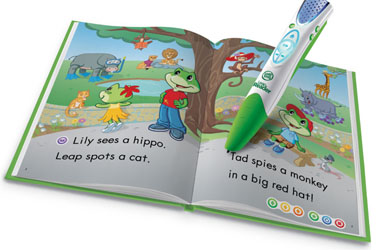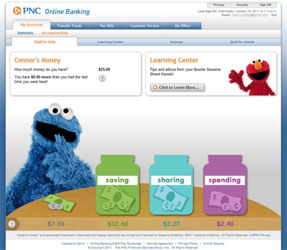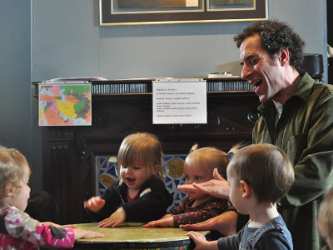
Constructive Education Framework: English Language Course
Constructive Education Framework Syllabus
English Language Course
By Rakesh Raman
RMN Foundation – which runs free schools to provide modern education to poor children – has developed an innovative English curriculum for its school students.
It has released today the beta version of the curriculum.
It is part of the Constructive Education Framework developed by the Foundation for its schools.
The Foundation encourages other schools also to explore this curriculum to teach English to students.
Course Objective:
After completing this course successfully, the student should be able to create conventional as well as creative content effortlessly and express it in verbal and written forms.
[ Also Read: How to Learn the English Language – Six Steps ]
Languages (English with Reference Language such as Hindi)
PART – A
1. English Language Need
2. English in Education
3. English Language Objectives for Students
Reading, Writing, Speaking, Listening, Debating
4. Structure
- Alphabet – Letters A – Z and a to z
- Words
- Sentences
- Paragraphs
- Articles and Essays
- Content
5. Alphabet with Words (such as A for Apple, B for Bat…)
6. Commonly Used Words
- Counting
- Days of the Week
- Days – Today, Tomorrow, Yesterday, Day After Tomorrow, Day Before Yesterday
- Periods in a Day (Morning, Noon, Afternoon, Evening, Night, Midnight)
- Day and Night Timings
- Months of the Year
- Parts of Body
- Means of Transport
- Animal Names
- Household Objects
- Vegetables
- Relations
- Professions
7. Cardinal, Ordinal, Nominal Numbers
8. Big Numbers in Words
9. Measurements
10. Tasks
- Eat, Sleep, Drink, Walk, Run, Play, Sing, Laugh, Clap, Read, Write, Study, Cook
- Go, Come, Give, Take, Start, Stop, Wait, Watch, Listen, Drive, Buy, Sell, and more
11. Singular / Plural Rules
12. Gender
Reinforcements
PART – B
Grammar
1. Consonants, Vowels, Syllables
2. Subject, Object, Predicate
3. Types of Sentences – Assertive, Interrogative, Exclamatory, Imperative, Optative
4. Composition of Sentences – Simple, Compound, Complex
5. Types of Errors – Syntax and Semantics
6. Upper / Lower Case Rules
7. Parts of Speech or Types of Words
8. Extended Parts of Speech: Subject Pronoun, Object Pronoun, Possessive Adjective, Possessive Pronoun Reflexive Pronoun (I, Me, My, Mine, Myself)
9. Use of Is, Are, Am / Was, Were / Has, Have, Had / Will, Shall
10. Use of This / These / Those
11. Regular and Irregular Verb Forms: Verb (Base Form), Simple Present (s), Simple Past (ed), Past Participle (ed), Present Participle (ing), Infinitive (to verb)
Reinforcements
12. Tenses
13. Voice
14. Narration (Direct and Indirect Speech)
15. Commonly Used Sentences for Daily Tasks
Reinforcements for:
- Reading
- Writing
- Speaking
- Listening
- Debating
PART – C
1. Specific Environment Exercises
2. Vocabulary Enhancement Methods
3. Application of English Language
4. Connotations
5. Use of Contractions
6. Subject Knowledge and Language Combination
7. Introduction to Style Guides
8. Verbal and Written Expression
9. Use of Idioms, Phrases, Maxims
10. Content Forms
11. Content Creation
Reinforcements
PART – D
1. Introduction to Content Delivery Formats
2. Mock Exercises
3. Live Projects
4. Professional English
The above curriculum is now being used at RMN Foundation school in New Delhi, India.
The Foundation will soon release the curricula for the other subjects under its Constructive Education Framework.
Formed in May 2015, RMN Foundation is the corporate social responsibility (CSR) arm of the Raman Media Network (RMN) Company, which is working in diversified content creation, management, and distribution businesses on a global scale.
RMN Foundation is registered as an educational and public charitable Trust with the Government of National Capital Territory of Delhi at New Delhi, India. You can get more information about RMN Foundation at its website.
By Rakesh Raman, the managing editor of RMN Company
You also can read: More Articles by the RMN Editor, Rakesh Raman




